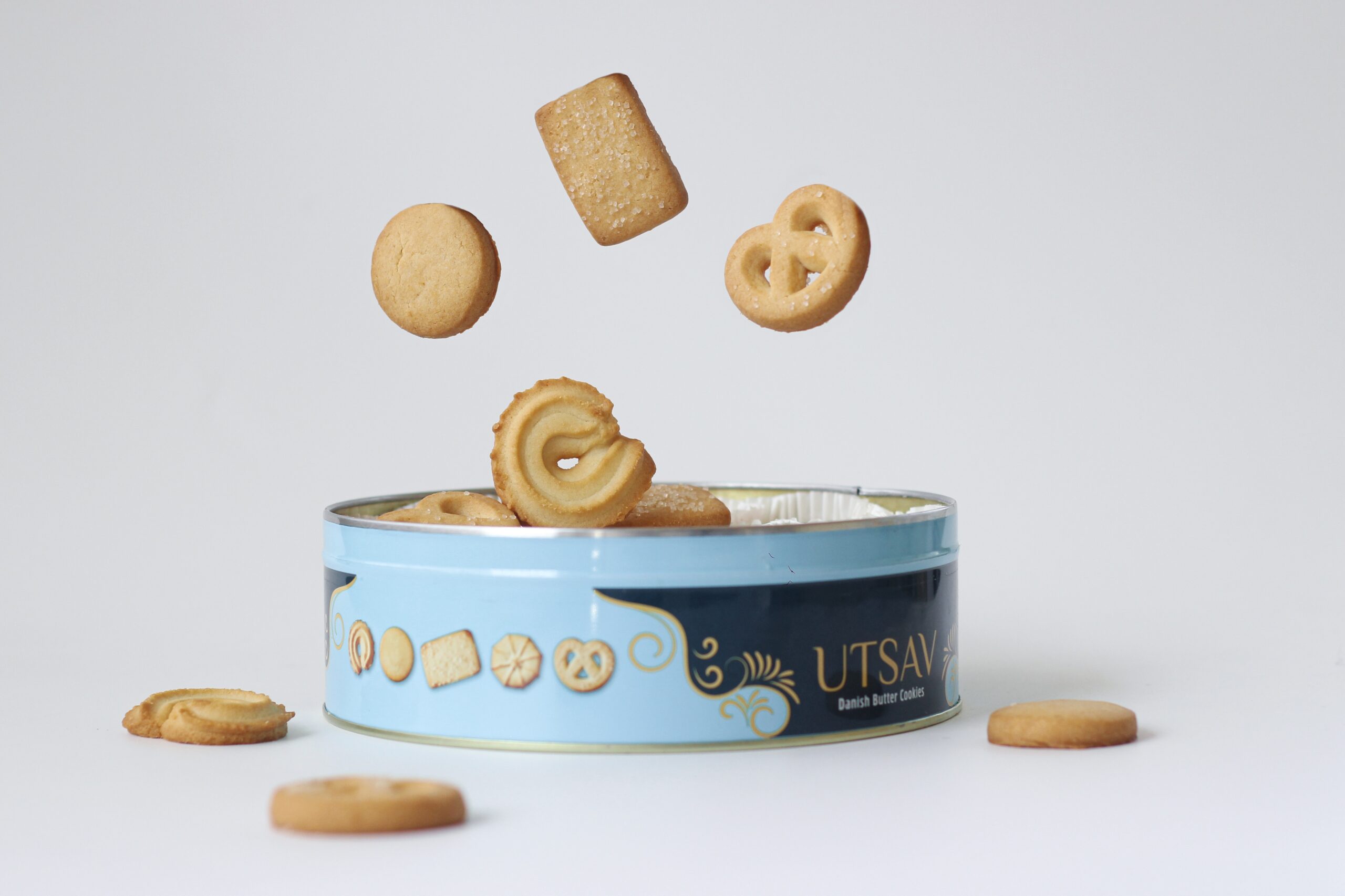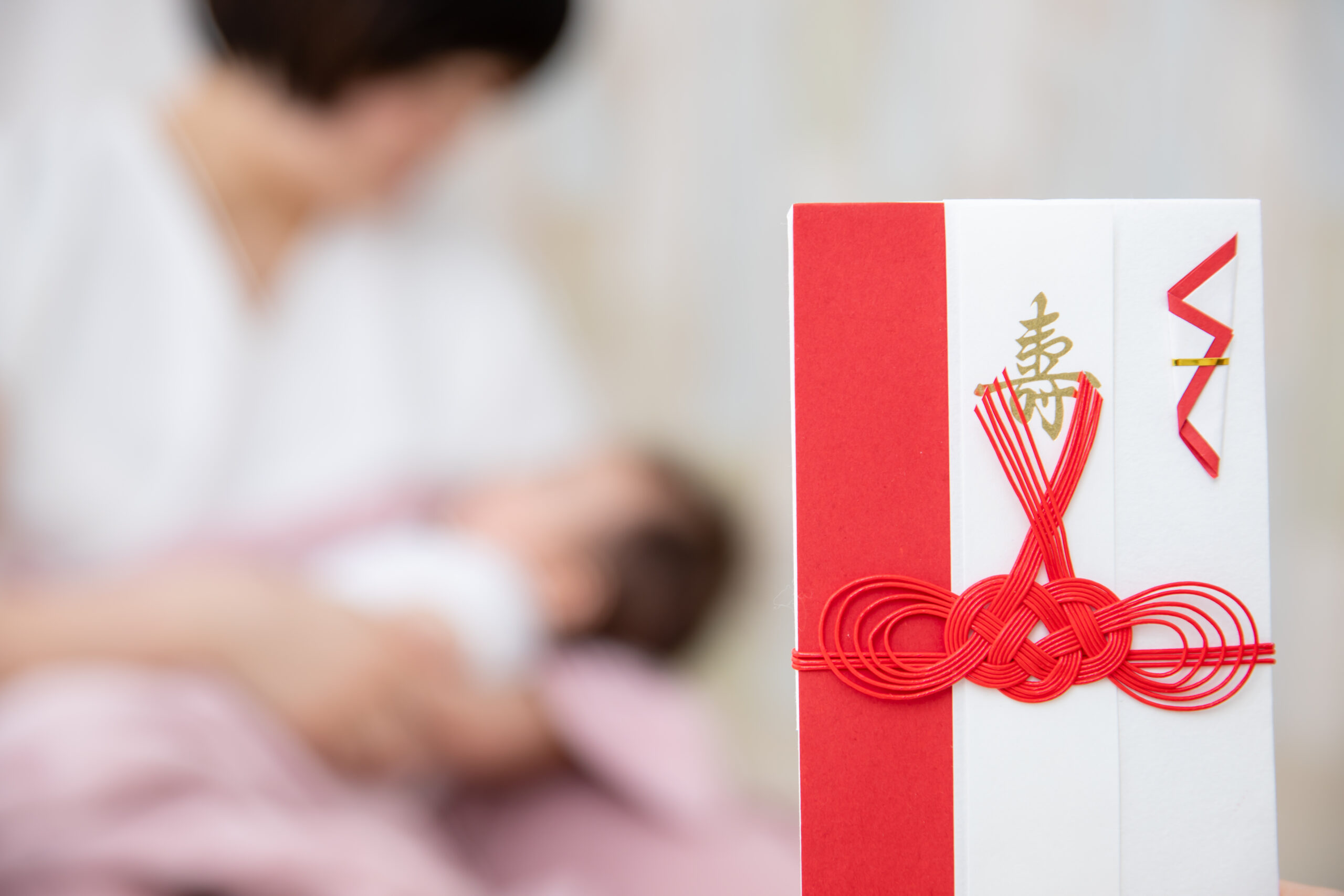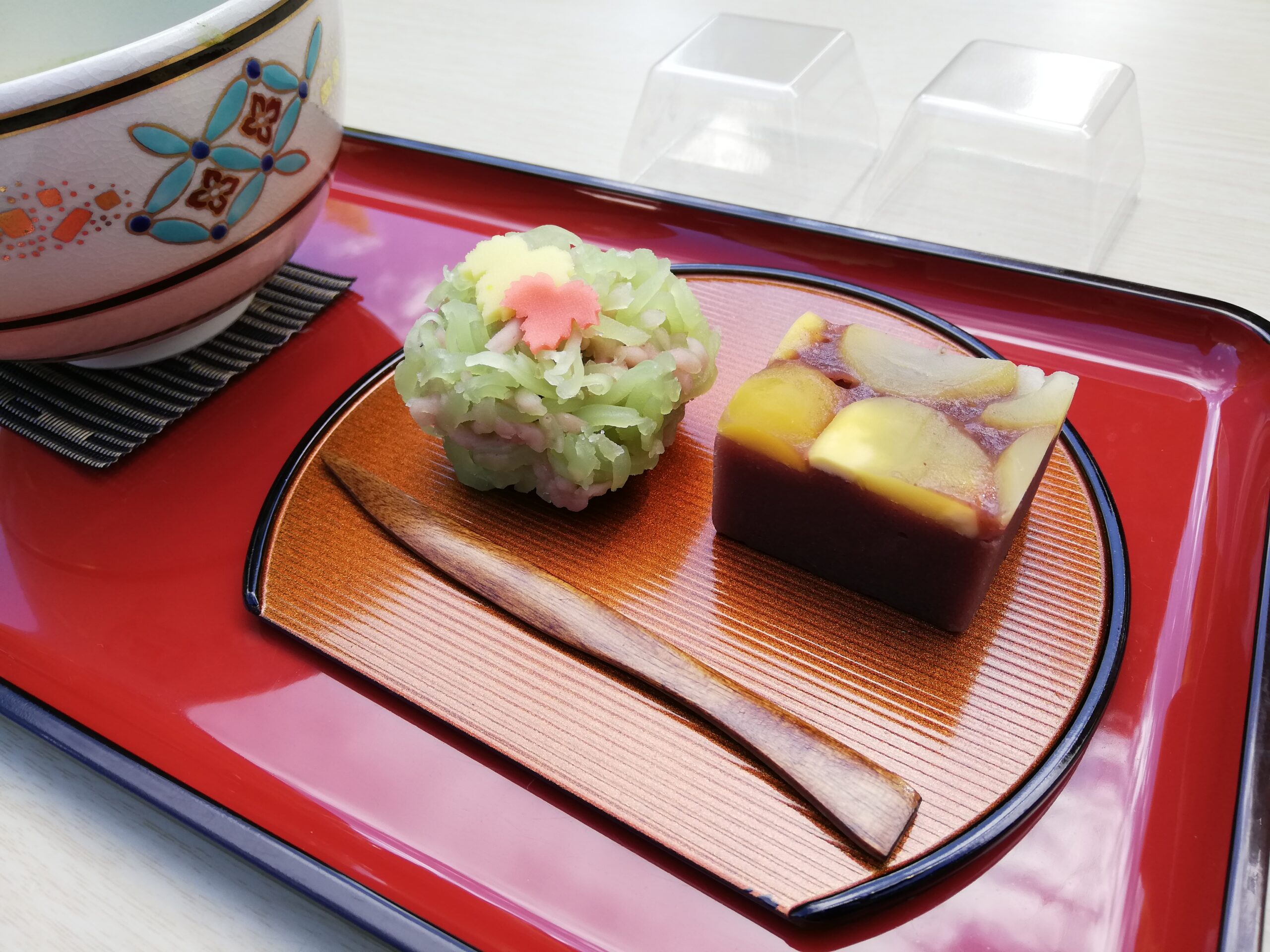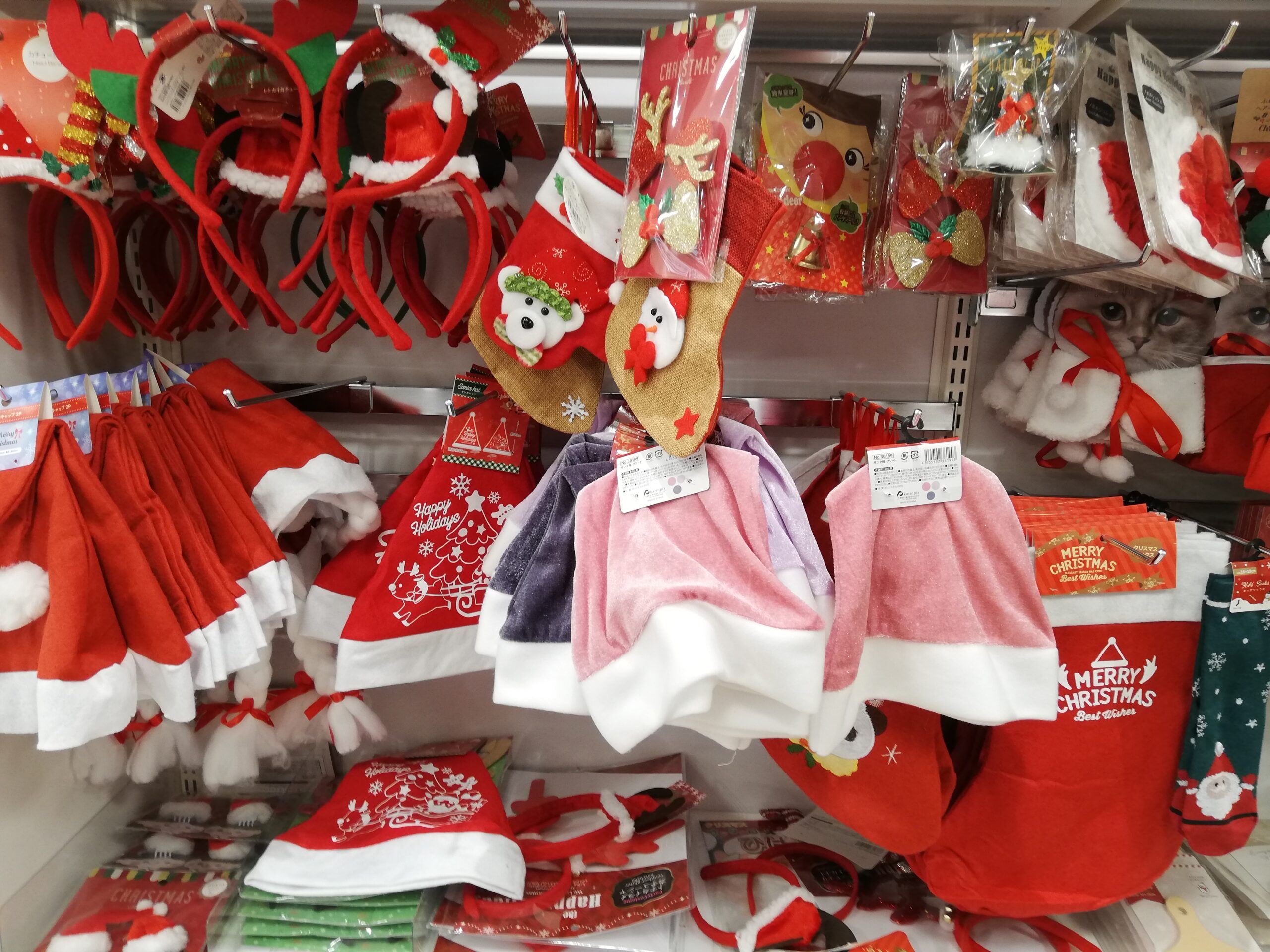’Tis the season to go gift shopping! Today’s post is all about the art and culture of giving gifts in Japan.

The Art of Gift-Giving in Japan
Everyone in the world loves giving and receiving gifts, but the way this exchange is performed in Japan is unique and governed by a list of rules as long as your arm. When to give, what to give, how much to give, and how to present your gift all matter. Also, don’t forget about the thank-you gift that you should give in return for your gift. Gifting in this country is as nuanced an art as how to put out your trash in the morning.
Here are the main occasions throughout the year on which you may expect to give or receive a gift.
- Omiyage: after taking a trip somewhere nice
- Temiyage: when visiting someone’s house
- Weddings, Funerals, Births
- Ochugen: summer gift-giving
- Oseibo: winter gift-giving
- Christmas: a relatively new custom
Let’s take a look at each of these in a little more detail.
Omiyage お土産

If you work at a Japanese company, or if you are an English teacher, you should already be very familiar with omiyage, the boxes of sweets or regional snacks that appear in the break room or at the lesson following someone’s trip to another city or prefecture. It’s considered common courtesy for the one who is traveling to pick up a little something for the people back home who didn’t have the pleasure of joining, to allow them to share the experience and to thank them for working hard in that person’s absence. Omiyage are usually not too expensive and don’t require any okaeshi, the thank-you gift. If you don’t get a chance to share your omiyage in person, you can leave a note with your gift. Be sure to thank everyone for your day off if you took a day off.
Your note can be something like this:
先週おやすみいただきました!よろしければお召し上がりください。
I took a day off last week. Please have some, if you’d like!
京都へ行きました!どうぞご自由にお取りください。
I went to Kyoto! Feel free to take some.
At the end of your note, be sure to include your name.
Tip: When you are shopping for your omiyage, be sure to choose something that comes in a beautiful box, with enough that everyone can take some.
Temiyage 手土産
As mentioned earlier, temiyage is a gift you take with you and present to your host when you visit them. The heart behind temiyage is your feeling of gratitude for their hospitality. It is common to give something that’s been produced locally, and which you know to be delicious. If you have a vegetable garden, it would also be appropriate to bring some of your home-grown veggies.
Weddings, Funerals
If you are invited either to a wedding or a funeral in Japan, it is expected that you give the couple a gift of money. There are rules about both the amount and the presentation of the money. For weddings, 30,000 yen (around 300 USD) is the standard amount, unless you are attending the wedding of a kouhai 後輩, or junior colleague, in which case 50,000 yen (around 500 USD) is considered appropriate. The bills should be clean and crisp, laid flat, not folded, and tucked inside a special envelope called goshūgi bukuro ご祝儀, with the bills facing upward. The envelope should then be wrapped in fukusa ふくさ, an outer envelope made of silk or crepe fabric. This is so the envelope doesn’t get crinkled during transportation.
At a funeral, on the other hand, it is common courtesy to give a gift of money called kōden 香典, which is technically incense money, since most Japanese funerals are Buddhist. The amount of money you give depends on your relationship to the deceased and can range anywhere from about 3,000 yen (around 30 USD) to 100,000 yen (around 1,000 USD). The former is standard for work colleagues (if you are in your 20’s) and the latter is if you are a sibling (and if you are in your 40’s). Kōden should be put in fushūgi bukuro 不祝儀袋.
Births

Traditionally, the Japanese don’t give gifts to expectant mothers. Instead, gifts are given once the baby has been safely delivered, preferably between 7 days and a month after the birth. This is because there are two important events in the life of a newborn baby which occur at these points. When choosing a gift, there are a few things to remember. One, if you are sending flowers, send cut flowers, not a potted plant. Two, when writing your message, don’t use words like “cut,” or “lose.” In case you are giving a gift of money or a coupon, be sure to put it in noshi bukuro のし袋, which looks similar to the envelopes you use for weddings and funerals, but with a different style ribbon and the words goshussan iwai 御出産祝 written on it. Remember to write your name on the outside of the envelope. Again, it’s important which way the bills are new and facing in the correct direction. The price again ranges depending on your relation to the family and can be anywhere from 1,000 yen (around 10 USD) to 30,000 yen (300 USD).
Interestingly enough, for all three of these occasions: weddings, funerals, and births, you can be sure you will be getting a gift in return. Again, this is called okaeshi お返し, and the timing and content of these gifts are also governed by a set of rules–but we’ll save that for another post!
Ochūgen and Oseibo

While in the West, people go crazy about birthdays and Christmas, in Japan the two major gift-giving seasons are Ochūgen and Oseibo. Oseibo coincides with the festival of Obon, falling during the period between July 1st and 15th. Ochūgen are thank-you gifts given to relatives, teachers, or anybody to whom you owe a debt of gratitude. On the other hand, Oseibo falls between November and December 20th, coincidentally right around Thanksgiving and Christmas.
When selecting your Ochūgen and Oseibo gifts, you should consider carefully who you are giving to. If it’s your entire workplace, choose something that comes in multiples or can be easily divided, so there is enough to go around. Also, be sure to choose something of high quality, preferably something that looks and tastes expensive. Popular gifts for both Ochūgen and Oseibo are meats, Japanese wagashi sweets or Western-style baked desserts, fruit, alcohol.
Christmas

Christmas in Japan has really taken off in the last half-century, and although Christmas trees pop up all over Tokyo as soon as (or even before) Halloween is over, the gift exchange part is not quite the same here as in the West. As you may already be aware, Christmas in Japan is mainly celebrated by families with young kids or by couples. Interestingly, Christmas cards are big in the West but really not a thing in Japan yet. Instead, towards the end of the year, everyone focuses on writing and sending off nengajō, or New Year’s postcards.
That being said, if you are like me and my family, gift-giving at Christmas time is so ingrained in us that even when we say we won’t do an exchange this year, we always end up doing one anyway! So, if you are hosting a Christmas party, or you are looking for something to put under your tree, be reassured. You can find plenty of Christmas decorations and Christmas-themed gifts around Tokyo! Check out your local 100 yen shop, shopping center, or IKEA for Christmas decorations, and for Christmas-themed sweets or other edibles, try Dean & Deluca, Starbucks, depachika デパ地下 (the basement floor of department stores). Of course, any of these places are good to check out even if your gift is not necessarily going to be red and green and covered in Santa Clause.
In the end, whatever you give, and whenever you give it, remember that in any culture, it’s the heart behind the gift that really counts (but at the same time, beautiful wrapping and good timing counts, too)!



